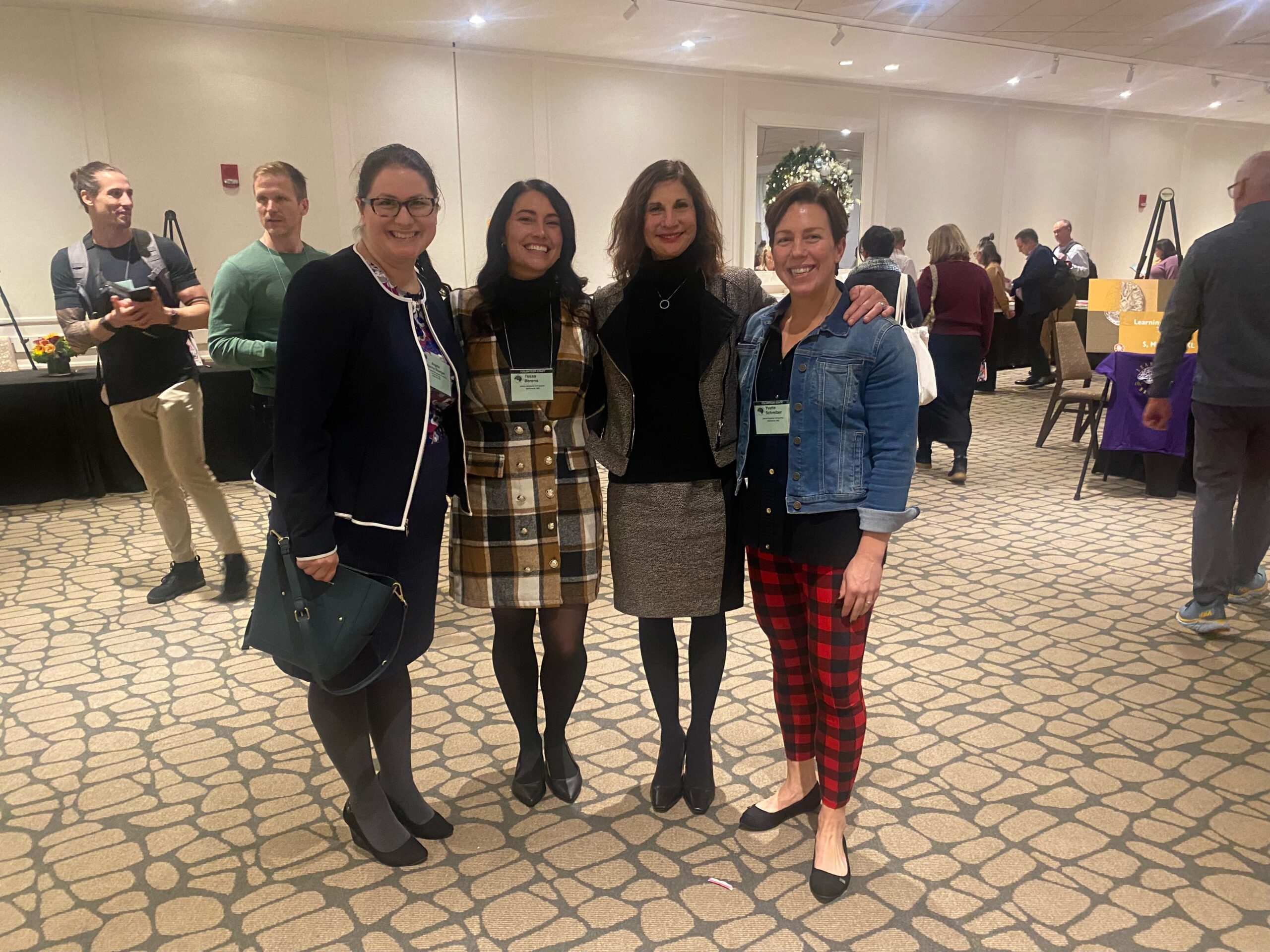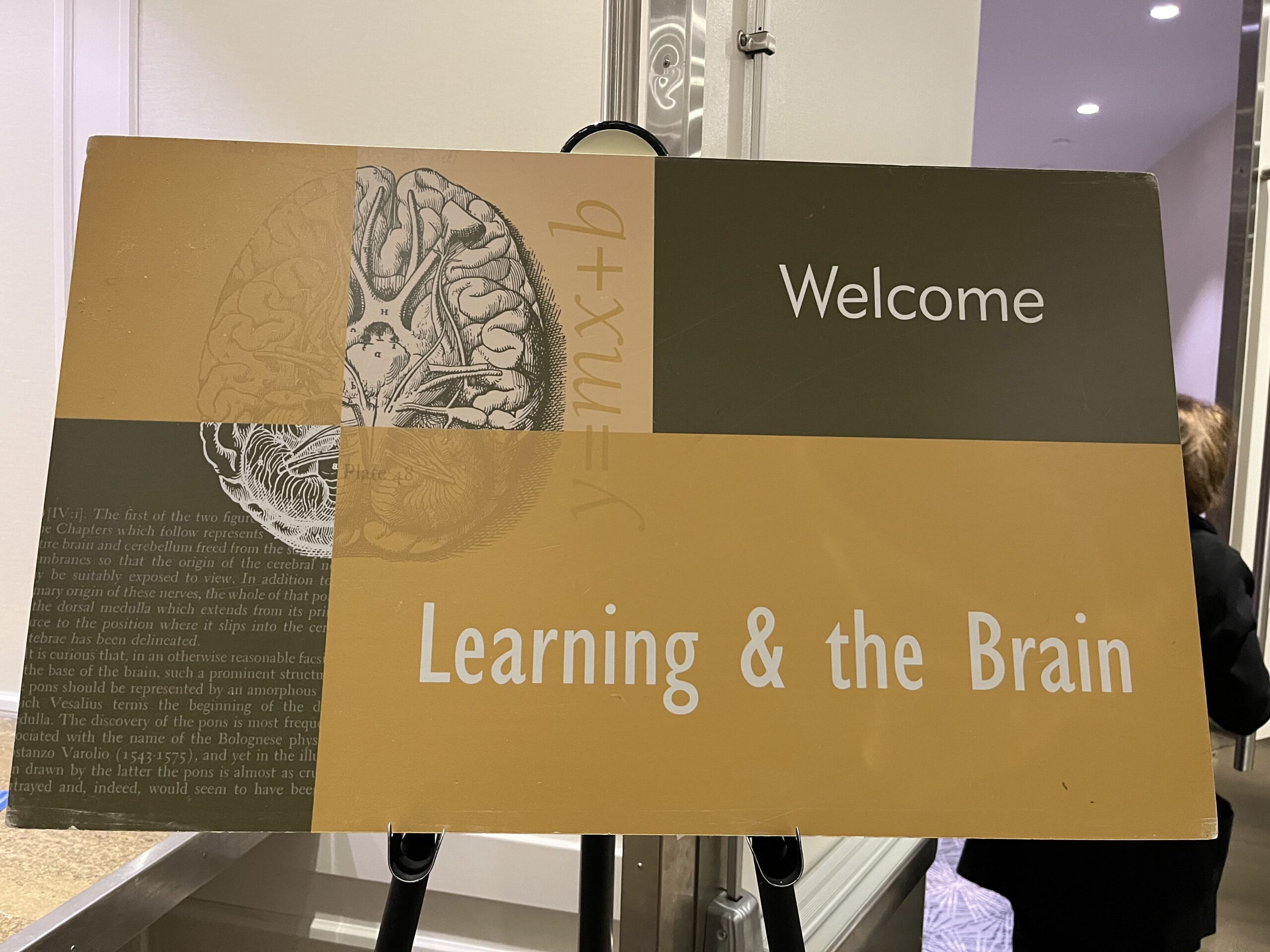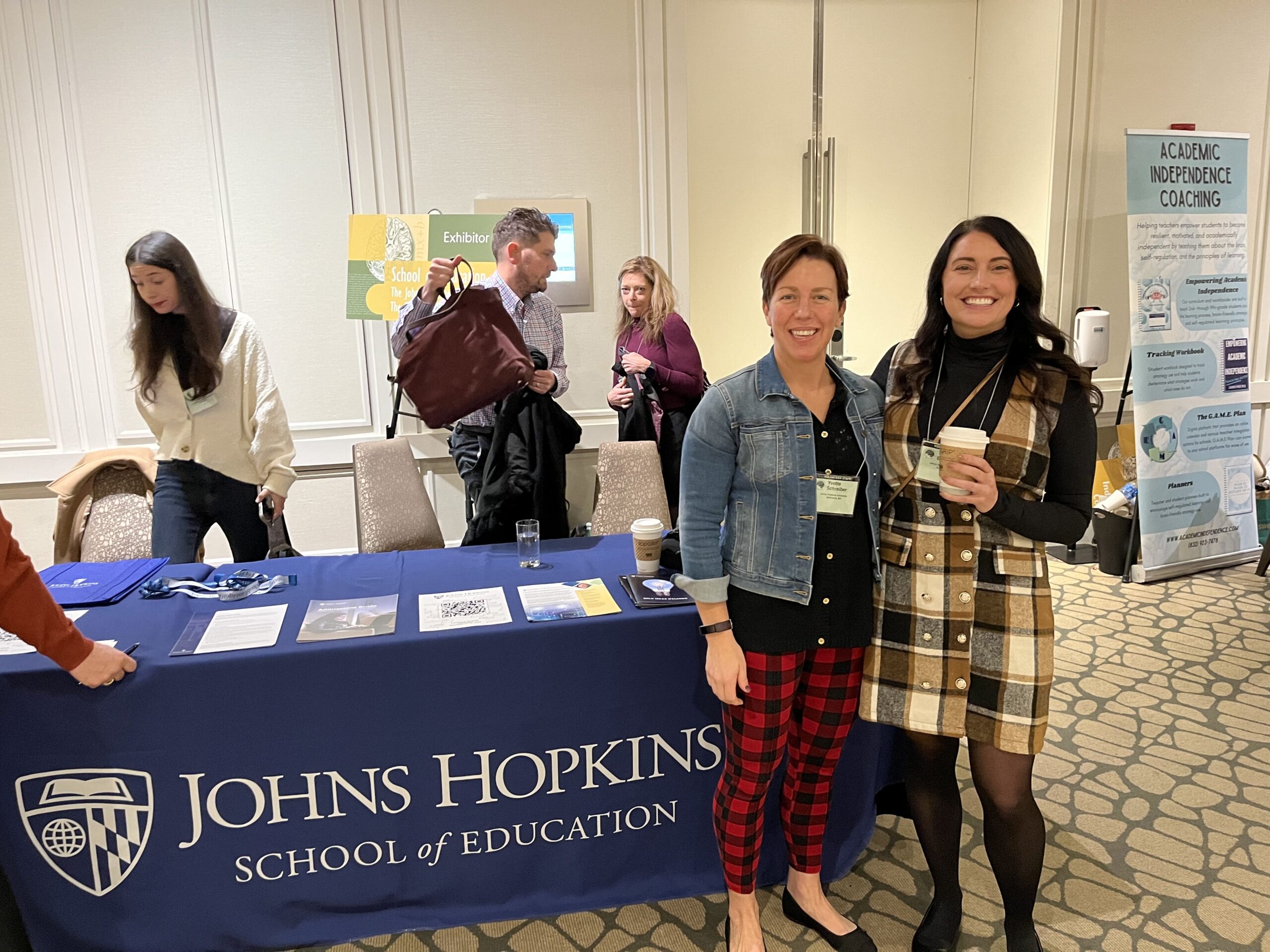By Angela Marroy Boerger, Director of Learning & Programs

Before the Thanksgiving break began its work to expand our waistlines, Arts Every Day had an opportunity to expand our minds! Members of the Baltimore Arts Integration Project leadership team and Science Curriculum Specialists attended the Learning & the Brain Conference in Boston titled The Science of Teaching and Learning, joining nearly 1,000 teachers from across the country to learn about healthy brains, active minds, memory, movement, and well-being for effective teaching and learning.
Dr. Mariale Hardiman, BAIP’s lead advisor on the Brain-Targeted Teaching Method and a leader in the field of neuroeducation, struck the opening gavel of the conference with a General Welcome. The following day, she led a session on “Embodied Minds, Memory, and Learning: How the Arts Support Effective Instruction.” At this session, she not only invited AED’s Angela Marroy Boerger to present the work of the Baltimore Arts Integration Project, she also shared several examples of the arts-integrated overlays that our BAIP creative teams have produced this year, which link City Schools’ science curriculum with artistic processes and activities.



Overheard at one table of attendees, Allison Odom, a participating teacher from Pineville, North Carolina, remarked to her colleague, “I could totally do this!”, as Dr. Hardiman presented BAIP teams’ arts-integrated activities on the scientific states of matter. We were thrilled to witness the enthusiasm of a teacher–notably with no formal artistic training or education–to embrace our arts-integrated and neuroeducation-based techniques and activities with ease.
The conference was an eye-opening introduction to other recent findings in the realm of brain health, with keynotes addressing how the brain itself can be changed through behavioral strategies; how well-being is a skill that can be learned; and how emotional engagement activates the very same brain systems that keep you alive. As a whole, we left the conference more convinced than ever of the imperative of engaging students through the community-building and emotion-stimulating work of the arts and arts integration. We were proud to join these rich discussions and introduce scholars and teachers to the work of the Baltimore Arts Integration Project!
